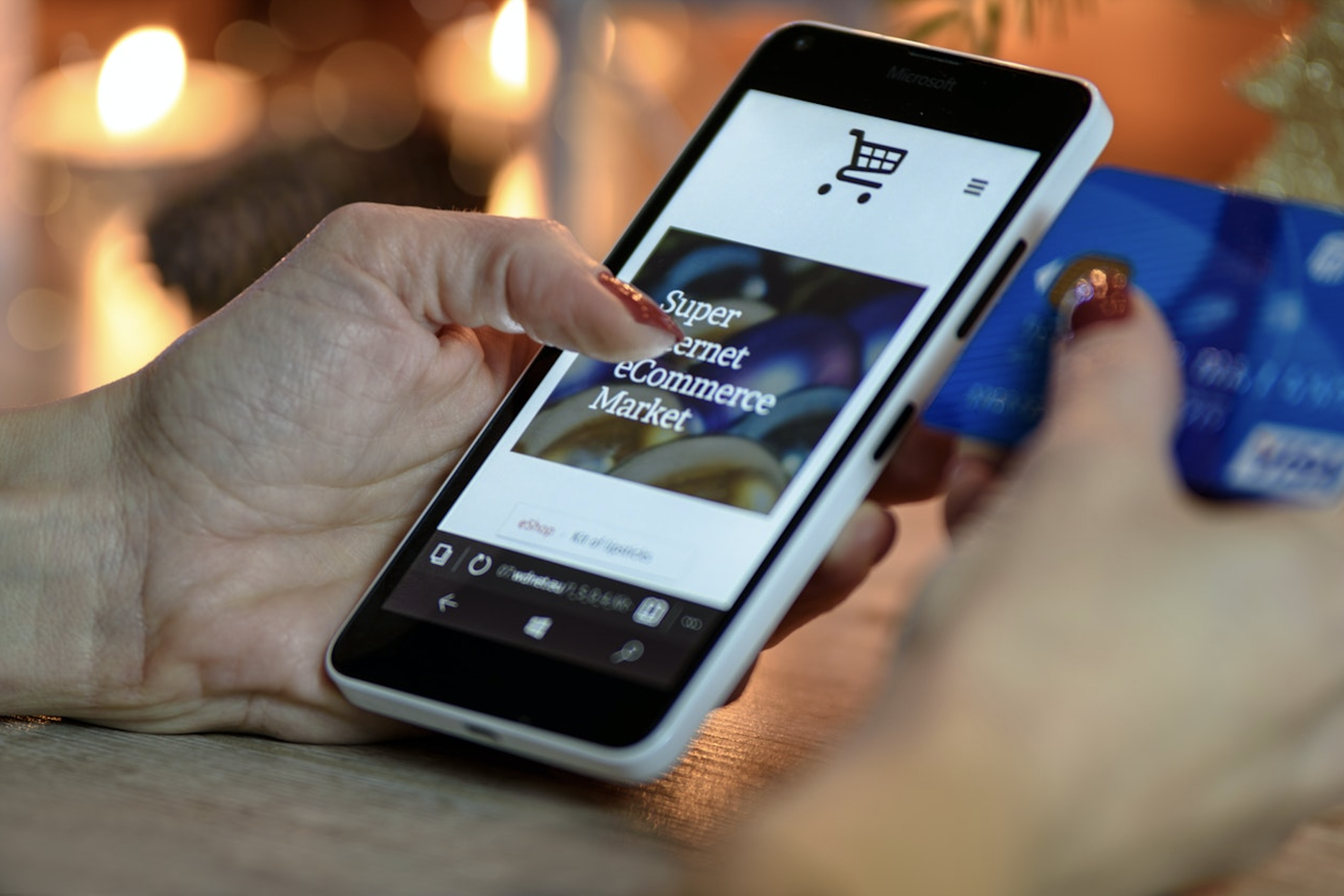Consumer behaviours, expectations and eCommerce models have completely transformed in the past few years. Nowadays, every buying decision is influenced by numerous vital factors that were insignificant or didn’t even exist a few years ago.
This is also reflected in the response of consumers to a premium experience, which we can get an idea of using these stats:
- As per this survey by PwC, 73% of customers surveyed expressed that customer experience is an essential factor in their purchasing decisions.
- As per a survey by Segment, personalised recommendations made 49% of shoppers indulge in impulse buying, and a whopping 44% of customers will become repeat buyers after getting personalised experiences.
This is just the tip of the iceberg, and there are hundreds of statistics pointing to the importance of customer experience.
Does that mean the customer experience is a clear winner? Not yet, let’s explore the importance of both product and customer experience before we get to a conclusion.
The changing customer journeys
Modern trends in customer experience offered by companies have changed the consumer journey. People no longer buy products instantly, and every purchase is usually made after:
- The customer checks out online reviews for the product/service
- The customer can resonate with your branding, i.e., website, social media and other touchpoints
- The customer perceives your brand as a premium one considering the digital footprint of your brand
The link between historical and the current customer expectations
Customer expectations and buying journeys are actually nothing new and have been part of human society since forever. If you remember the pre-online and pre-eCommerce times, consumers preferred physical stores that provided better service.
Solving customer concerns during the time of shopping and wishing customers on holidays, birthdays, etc., have been part of the business world for a very long time.
The only reason this is new to eCommerce is that eCommerce lacked the operational capabilities of implementing all these, but that is no longer the case.
New experiences have created expectations for customers, which include:
Personalised experience
Consumers expect eCommerce companies to know their names and buying behaviours, and priorities. Customers expect companies to remember their wish lists and send them discounts on the products they have been planning to buy.
They also expect brands to send recommendations based on their prior buying history and notifications when brands add new products in their preferred categories, among other things.
Brands also need to remember important days for their customers and wish them on these days.
Consistent branding
Branding creates your image and perceived value in the subconscious mind of consumers. Some of the most significant factors responsible for building a premium image include:
- Maintaining the same product information across all touchpoints and sales platforms
- Rich product information
- Prominent and engaging social media presence
Technical factors for enhanced convenience
Numerous other technical factors play a crucial role in defining a premium and convenient shopping experience, including:
- Mobile-friendly experiences
- Interactive features on all platforms
- Different payment and delivery options
- Enhanced customer support options
- Advanced search filters
Importance of the product experience
Now let’s talk about the product experience.
No one can deny or argue about the importance of having a premium product experience as consumer experience will matter only if your product can solve a big problem in your customer’s life.
Repeat buyers are going to define the success of your business and getting a customer to buy from you again is only possible if your product surpasses the expectations your customers have from it.
Another critical point is that the pandemic has shifted consumer habits by building a habit of prioritising products that they need over the habit of buying without a plan. The price of your products must be viable and affordable for your target audience to even consider the factors associated with a premium customer experience.
Who wins the game?
Product experience and customer experience both have a unique role to play and are equally important.
You cannot afford to ignore any one of these if you are looking to grow your eCommerce business to the next level.
Your product experience (on all the platforms and touchpoints) will prompt buyers to analyse your customer experience and eventually become repeat buyers if every one of your touchpoints is optimised.
Wondering how can you achieve a consistent and premium brand image online?
There are a lot of steps involved in optimising your online presence and efficiently managing all your touchpoints.
Everything is possible only if you have a robust technology backing your eCommerce operations, including a
- PIM for consistent product management across all platforms
- OMS to manage orders
- CRM to manage customer relations and support, and
- an eCommerce platform that can be customised to the growing needs of your business
A Composable Commerce platform like BetterCommerce can help you achieve your goals as it gives you the freedom to customise every part of your eCommerce business and run your PIM, OMS, CRM, and other components separately rather than a traditional all-in-one solution.



 Bitcoin
Bitcoin  Ethereum
Ethereum  Tether
Tether  XRP
XRP  Solana
Solana  USDC
USDC  TRON
TRON  Cardano
Cardano  Lido Staked Ether
Lido Staked Ether  Avalanche
Avalanche  Toncoin
Toncoin